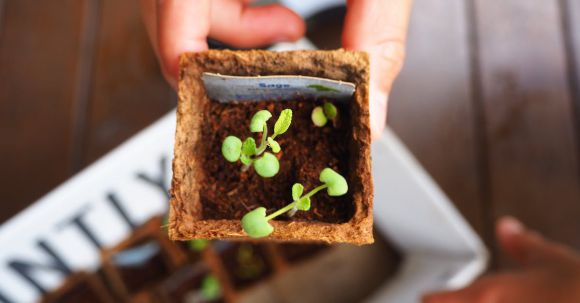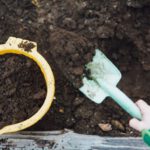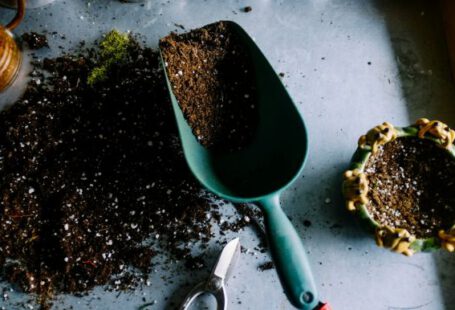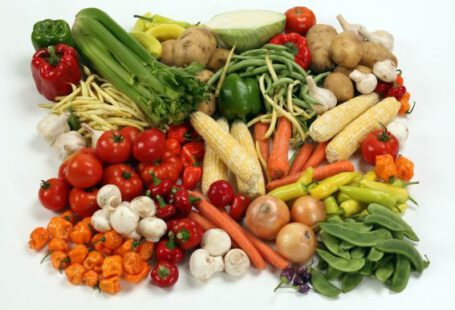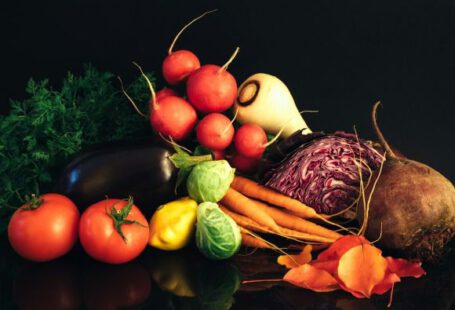When it comes to gardening, one of the questions that often arises is whether or not you can reuse soil from an old garden bed. Many gardeners wonder if it is worth the effort to save and reuse soil, or if it is better to start fresh with new soil. In this article, we will explore the benefits and drawbacks of reusing soil from an old garden bed and provide some tips for ensuring success.
The Benefits of Reusing Soil
There are several benefits to reusing soil from an old garden bed. One of the main benefits is cost savings. Buying new soil can be expensive, especially if you have a large garden or multiple beds. By reusing soil, you can save money and put it towards other gardening supplies or plants.
Another benefit is that reusing soil can help improve soil structure and fertility. Over time, soil can become compacted and depleted of nutrients. By adding organic matter and amendments to the soil, you can rejuvenate it and make it more suitable for growing plants. Reusing soil also helps to maintain the beneficial microorganisms and fungi that are essential for healthy plant growth.
Preparing the Soil for Reuse
Before reusing soil from an old garden bed, it is important to properly prepare it. Start by removing any weeds, roots, or large debris. You can do this by hand or use a garden fork or trowel. Next, break up any clumps of soil and remove any rocks or stones. This will help improve drainage and prevent compaction.
Once the soil is free of debris, consider adding organic matter to improve its structure and fertility. This can include compost, aged manure, or leaf mold. Work the organic matter into the soil using a garden fork or tiller, making sure it is evenly distributed throughout the bed.
Testing and Amending the Soil
Before planting in reused soil, it is a good idea to test its pH and nutrient levels. You can do this by using a soil testing kit or sending a sample to a professional lab. Based on the results, you may need to amend the soil to adjust the pH or add specific nutrients.
To adjust the pH, you can add lime to raise it or sulfur to lower it. If the soil is lacking in nutrients, you can add organic fertilizers or mineral amendments. Follow the recommendations provided by the soil test results to ensure you are providing the necessary nutrients for your plants.
Monitoring and Maintenance
Once you have prepared the soil for reuse, it is important to monitor its moisture levels and make any necessary adjustments. Over time, the soil may become compacted or dry out, so it is important to regularly aerate and water the bed. Adding a layer of mulch can help retain moisture and prevent weed growth.
Conclusion
In conclusion, reusing soil from an old garden bed can be a cost-effective and sustainable option for gardeners. By properly preparing and amending the soil, you can rejuvenate it and create a healthy environment for your plants. Remember to test and monitor the soil regularly to ensure optimal growing conditions. So, the next time you are considering starting a new garden bed, don’t overlook the possibility of reusing soil from an old one.
